Dogs have a unique way of communicating, often speaking volumes without uttering a single bark. One of the most intriguing and delightful times to observe this communication is during playtime. Understanding dog body language during playtime not only enhances the bond between you and your pet but also ensures their safety and wellbeing.
Whether it’s the iconic play bow, a whirl of tail wags, or a series of excited jumps, each gesture and posture has its own story to tell. In this article, we’ll unravel the fascinating world of canine communication during play, helping you become more attuned to your dog’s feelings and emotions. By grasping the nuances of these silent messages, you’ll be better equipped to facilitate positive play experiences and recognize when things might be taking a turn from playful to problematic.
The Basics of Canine Body Language
Dogs, much like humans, use body language as a primary mode of communication. While we might rely on our words to convey feelings or intentions, dogs depend on their bodies. Recognizing these signals is vital for anyone looking to foster a deeper connection with their furry friend.
The Play Bow
This is one of the most recognizable play gestures. When a dog lowers its front legs and keeps its rear end in the air, it’s an invitation to play. The play bow is a universal sign among dogs that means, “Let’s have fun!”
Tail Wagging
While many assume a wagging tail only signals happiness, the truth is more nuanced. The speed, direction, and position of the tail can convey various emotions. Generally, a relaxed, side-to-side wag indicates a content and playful dog, while a rigid, high tail might indicate alertness or agitation.
Relaxed Ears and Face
A dog ready to play will typically have relaxed ears, neither pinned back nor fully forward. Their face will appear relaxed, with eyes soft and mouth possibly open in a playful pant.
Body Rolls and Exposing the Belly
When a dog rolls onto its back and exposes its belly, it’s often seen during play, indicating trust and submission. They might want a belly rub or simply be engaging in playful behavior with other dogs.
Bounding and Dancing
Playful dogs often have a spring in their step. They might jump, bounce, or “dance” around, showcasing their excitement and enthusiasm.
Mouthing and Nipping
Dogs, especially puppies, explore the world with their mouths. During play, they might gently mouth or nip. It’s essential to ensure this behavior doesn’t escalate into harder biting, but gentle mouthing is generally a playful action.
Vocalizations
Playtime might be accompanied by a range of sounds from your dog, from happy barks to playful growls. Recognizing the difference between playful and aggressive vocalizations is key. Play growls tend to be higher pitched and shorter than more serious growls.
Understanding these basics of canine body language provides invaluable insights into what your dog is feeling during playtime. By tuning into these non-verbal cues, you can ensure that play remains safe, consensual, and enjoyable for all involved, whether it’s dog-to-dog play or interactive games between you and your pet.
Signs of Positive Play Behavior

When dogs play, it’s a joy to watch. Their bursts of energy, intricate dances, and quirky behaviors can be both entertaining and endearing. Recognizing the signs of positive play behavior is crucial to ensure that both play participants are enjoying the interaction and that it remains safe. This comprehensive understanding of your dog body language during playtime is essential for pet owners. Here are some indicators that your dog’s play is positive and healthy:
- Role Reversals: During play, you might notice that one moment a dog is on top, “pinning” the other dog, and a moment later, their roles reverse. This indicates that neither dog is dominating the play and both are enjoying the interaction.
- Self-handicapping: Larger or stronger dogs might intentionally put themselves at a “disadvantage” to level the playing field when engaging with smaller or less assertive dogs. This behavior demonstrates that the primary goal is fun, not dominance.
- Frequent Breaks: Healthy play often involves short breaks where both dogs pause, maybe catching their breath or simply recalibrating before resuming their play.
- Loose Body Movements: A dog enjoying positive play tends to have fluid, bouncy, and exaggerated movements. There’s a noticeable lack of stiffness or rigidity in their body language.
- Returning for More: Even if one dog gets momentarily overwhelmed and decides to retreat, if it’s positive play, they’ll often come back wanting more interaction after a brief respite.
- Variety in Play Styles: In one play session, dogs might engage in chasing, wrestling, and then a game of tug. This variety indicates that the dogs are comfortable with each other and are exploring different play dynamics.
- Eliciting Play: Dogs that are enjoying their playtime will frequently use behaviors or gestures to get the other dog to engage. This can be through play bows, gentle nudges, or even barking.
- Soft Eye Contact: While hard stares can be a sign of aggression, soft, squinty eyes or brief, playful glances are indicative of a dog that’s having a good time.
Signs of Tension or Overstimulation
Playtime between dogs can quickly shift from fun and joyful to tense and overwhelming. Understanding the subtle (and sometimes not-so-subtle) signs of tension or overstimulation can help prevent potential conflicts and ensure the safety of all dogs involved. Here’s what to look out for:
- Stiffened Body: One of the earliest signs of discomfort or tension is a rigid, stiffened posture. The dog may suddenly move less fluidly, signaling they might be getting stressed or uncertain.
- Prolonged Staring: A hard, fixed stare at another dog, especially if accompanied by a rigid posture, can indicate potential aggression or challenge.
- Raised Hackles: When the hair on a dog’s back or neck stands up, it’s often a sign of arousal, fear, or aggression. While it doesn’t always mean a fight will ensue, it’s a clear signal that the dog is highly stimulated.
- Showing Teeth or Snarling: A clear sign of a threat or discomfort. This behavior suggests the dog wants space or is ready to defend itself.
- Growling Without Play Context: While some dogs may play-growl, a deep, prolonged growl that isn’t part of a clear play behavior can indicate tension.
- Tail Position: A raised tail, stiff and pointing upwards, can indicate arousal and potential aggression. Conversely, a tucked tail might signal fear or submission.
- Avoidance Behavior: A dog that’s trying to move away, hide, or avoid another dog entirely might be feeling overwhelmed or scared.
- Nipping or Biting: While some mouthing can be part of play, hard nips or bites that cause the other dog to yelp or retreat indicate escalating aggression or overexcitement.
- Whale Eye: This is when a dog shows the white part of their eyes, often seen when they’re turning their head away but keeping their eyes on a perceived threat.
- Excessive Barking: Constant barking at another dog, especially if it’s loud and aggressive sounding, can be a sign of overstimulation or a plea for the play to stop.
Red Flags: When Play Turns Aggressive

Understanding when playful antics shift to aggressive behavior is crucial for any dog owner. Ensuring the safety of both your pet and others requires keen observation and swift intervention when necessary. Here are the unmistakable red flags indicating that play has turned aggressive:
Sudden Change in Posture
From a relaxed, playful stance, an aggressive dog might suddenly stiffen, lower its head, and fixate on its target. This change indicates a shift from playful mindset to a more confrontational one.
Intense Chasing
While chasing can be part of fun games like ‘tag’, aggressive chasing will appear more targeted and relentless. The chaser may have a stiff tail and erect ears, showing intense focus on the dog being chased.
Pin and Hold
If one dog consistently pins another to the ground and holds them there without any mutual ‘give-and-take’ or role reversal, it’s a sign that the play balance has tipped.
Loud, Repeated Growls
Some growling can be part of play, but a deep, constant, and escalating growl is a clear sign of aggression.
Targeted Biting
Biting that targets specific areas like the neck, ears, or legs with increasing force indicates an intent to harm rather than play.
Refusal to Heed Correction
Dogs often correct each other’s behavior with a growl or snap. If a dog repeatedly ignores these corrections and continues its aggressive behavior, it’s a major red flag.
Showing Teeth Constantly
Occasional teeth-showing can be playful, but constant bared teeth accompanied by snarling is a direct sign of aggression.
Bullying Behavior
If one dog continually targets, chases, or bullies another without allowing any pause or respite, it’s a sign of dominant and aggressive behavior.
Lack of Play Bows
A play bow – where a dog puts its front paws down and rump up – is an invitation to play. An absence of these, combined with other aggressive signs, indicates the absence of playful intentions.
Hair on End
While raised hackles can indicate excitement or fear, combined with other signs on this list, it’s a sign of aggression.
Recognizing these red flags is essential to prevent potential altercations or injuries. Immediate intervention, whether it’s a brief timeout or ending the play session altogether, can ensure safety. Always supervise dog play and understand that knowing your dog’s temperament and social preferences is vital in gauging appropriate playmates and environments.
Conclusion
Understanding dog body language during playtime is crucial for any pet owner. Playtime is an integral aspect of a dog’s life, fostering social skills, building bonds, and ensuring physical exercise. But as with any social interaction, diving deeper into the nuances of their communication is essential. Recognizing the difference between playful antics and signs of aggression helps create a safer, more enjoyable experience for both the dog and its companions. By being well-informed about dog body language, we can ensure our pets’ interactions are positive, enriching, and free from misunderstandings.
Frequently Asked Questions Understanding Dog Body Language During Playtime
What does a wagging tail during playtime mean?
A wagging tail usually indicates a happy and excited dog. However, the speed and direction of the wag can provide more information. A fast, wagging tail held high often means a very excited dog, while a slow wag with a tail positioned low can signify a more relaxed, content dog.
How can I tell if my dog is playing or being aggressive?
Positive play behavior is often bouncy and exaggerated with a lot of back-and-forth action. Aggressive behavior might involve stiff body postures, prolonged staring, raised hackles, and snarling.
Why does my dog show his belly during playtime?
When a dog exposes its belly, it’s typically a submissive gesture, signaling trust. During playtime, it’s often an invitation for belly rubs or a playful signal to other dogs.
What should I do if playtime seems to be escalating towards aggression?
It’s essential to intervene before things get out of hand. Using a loud, firm voice or a distraction like a toy or treat can help. If the aggressive behavior persists, separate the dogs and give them a chance to calm down.
Why does my dog growl when playing with toys?
Growling during play, especially with toys, is often just a part of the game and not a sign of aggression. However, it’s essential to observe the overall body language to ensure it remains playful.
Is it normal for dogs to nip during play?
Many dogs will play-nip, and it’s generally harmless. However, it’s crucial to teach bite inhibition to ensure play nips don’t become too hard.
What does it mean when my dog’s hackles rise during play?
Raised hackles, or piloerection, can be a sign of arousal, excitement, or stress. In the context of play, it might just mean they’re very excited. Still, it’s essential to observe other body language cues to determine the dog’s overall mood.
Can two dogs playing together ever be too rough?
While many dogs enjoy rough play, it’s essential to ensure both dogs are enjoying it and that it doesn’t escalate into aggression. Regularly checking in and ensuring both dogs are relaxed can help prevent any issues.
How can I encourage positive play behavior in my dog?
Start by teaching basic commands and using positive reinforcement. Regularly socialize your dog with other friendly dogs and always supervise their play sessions.
What should I do if I’m unsure about my dog’s play behavior?
If you’re ever in doubt, it’s always best to consult with a professional dog trainer or behaviorist. They can provide guidance tailored to your specific situation and help ensure safe playtimes.

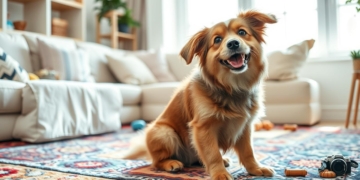
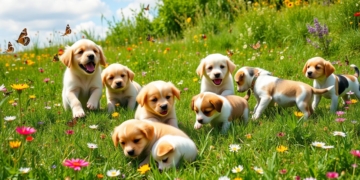
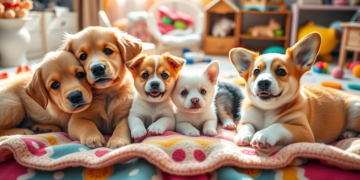
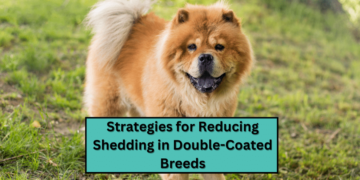
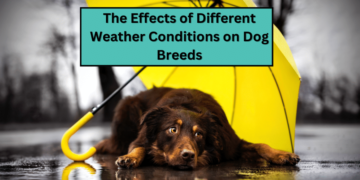
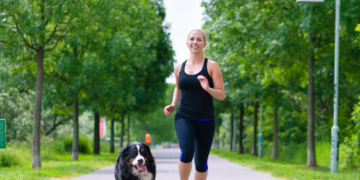
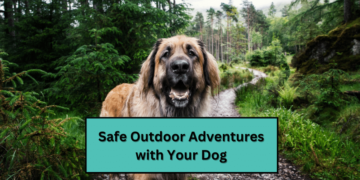
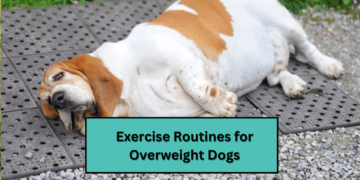
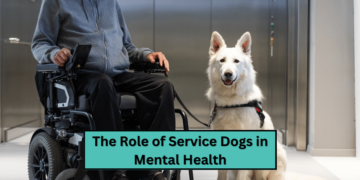
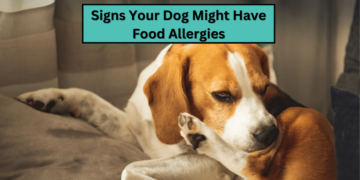

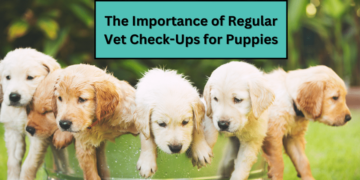
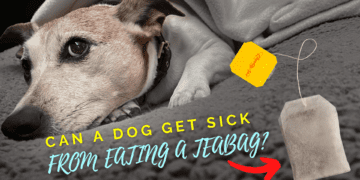

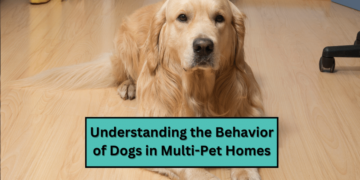
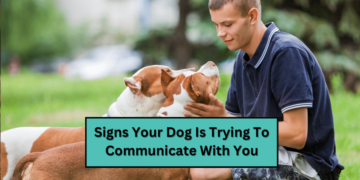
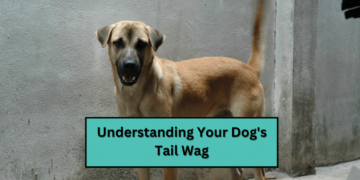

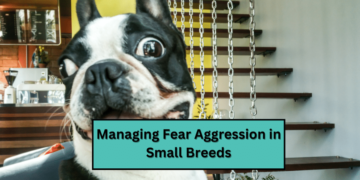
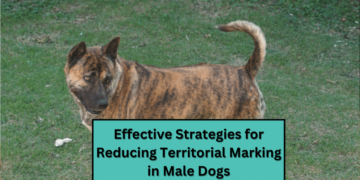
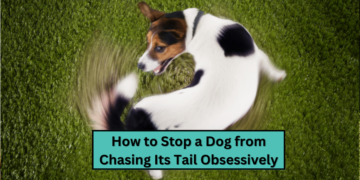
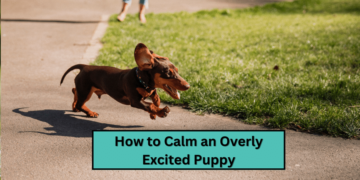
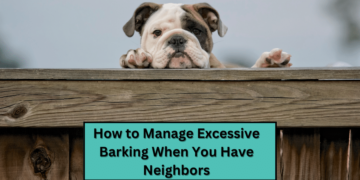




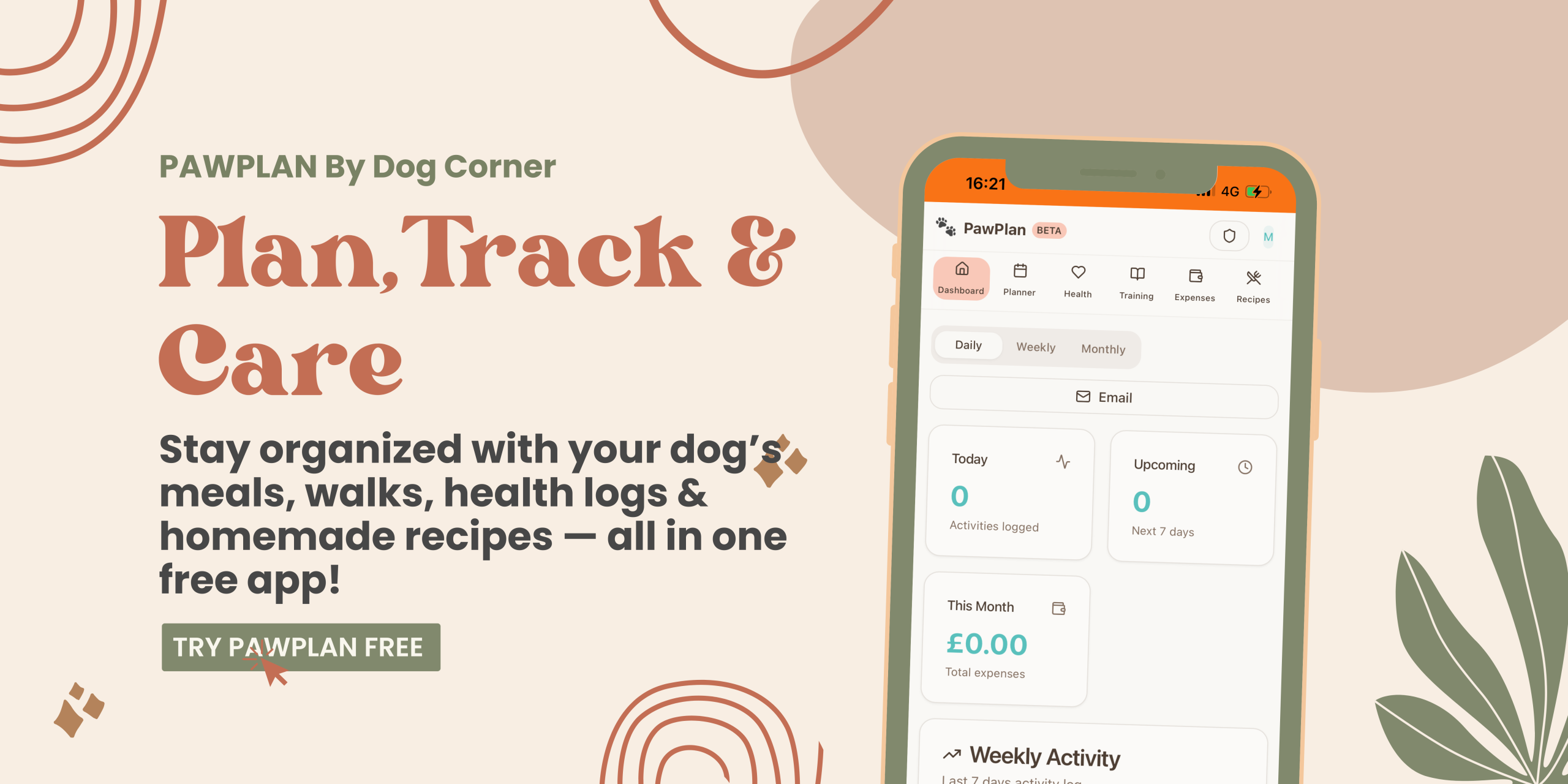





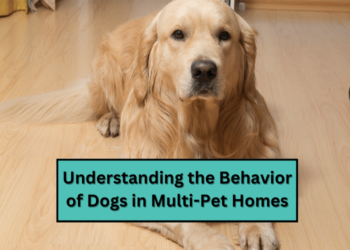
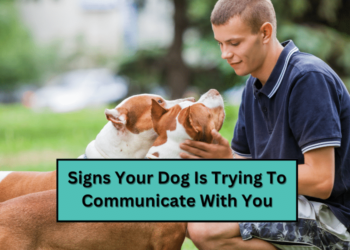
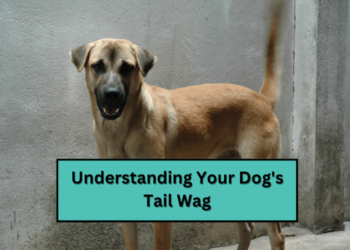
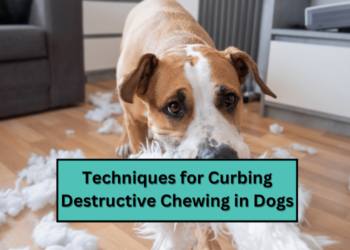

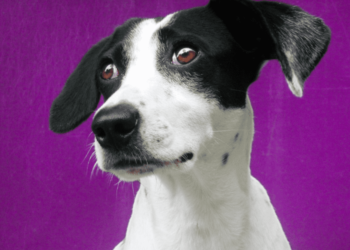











Discussion about this post